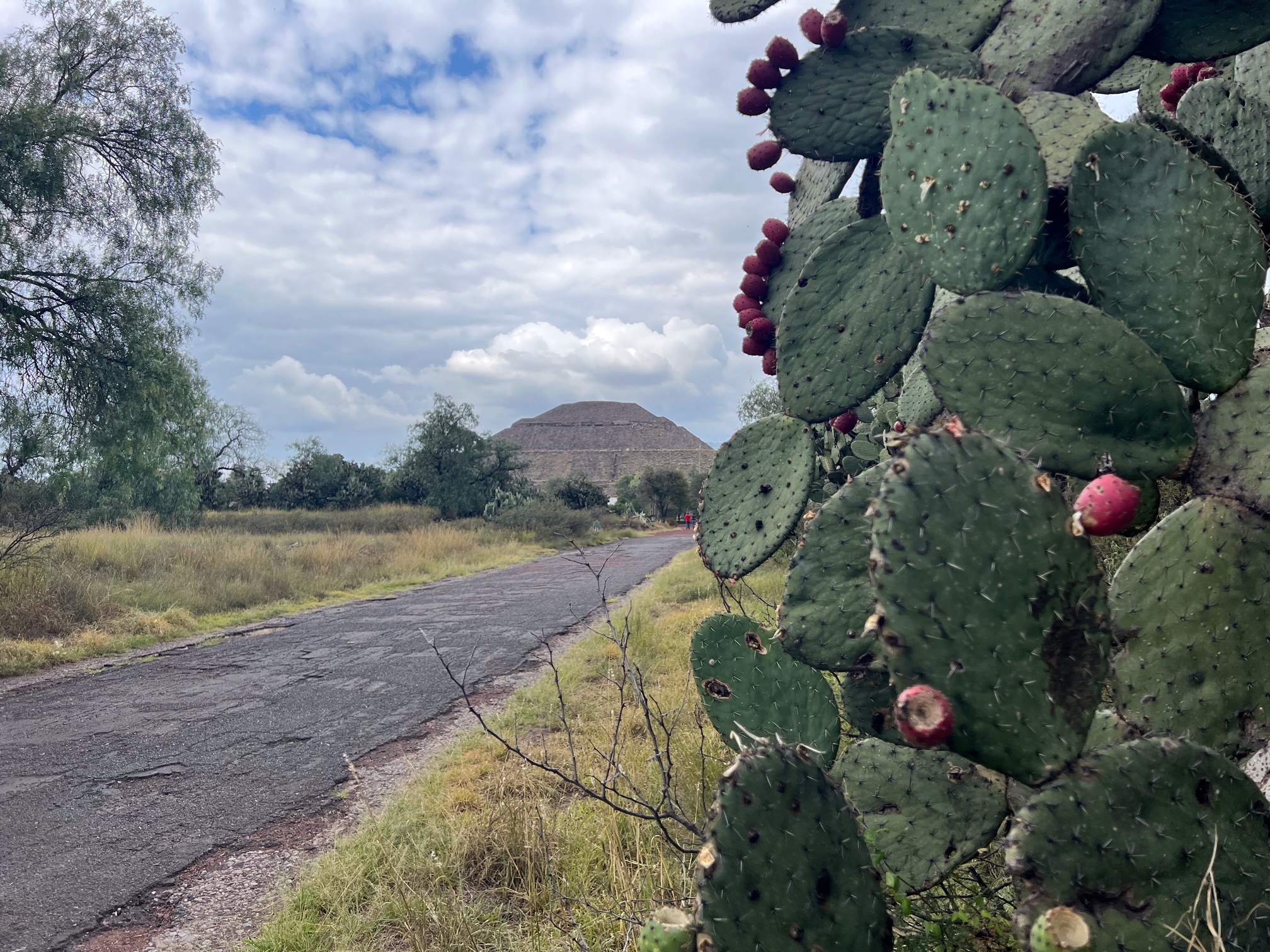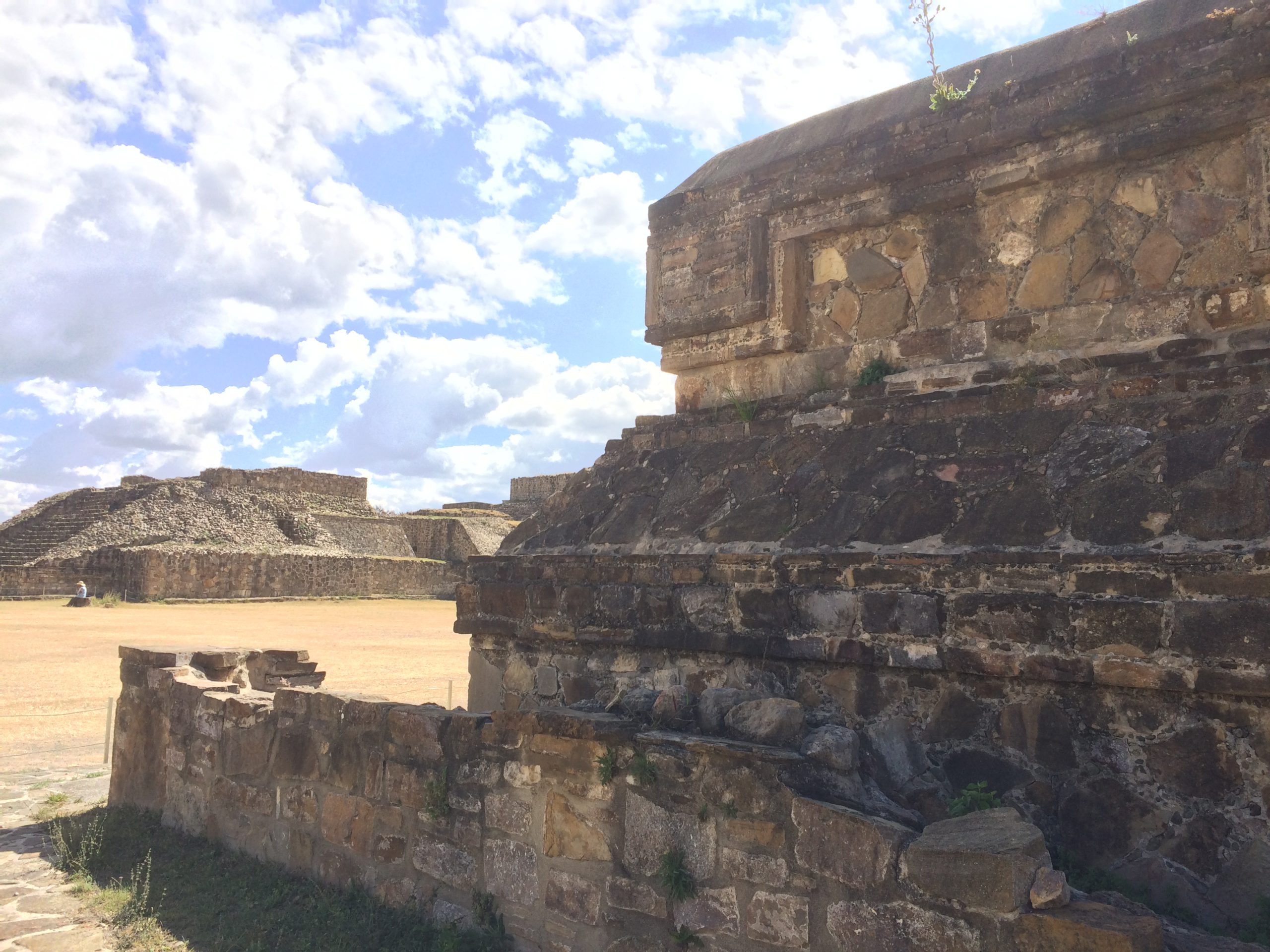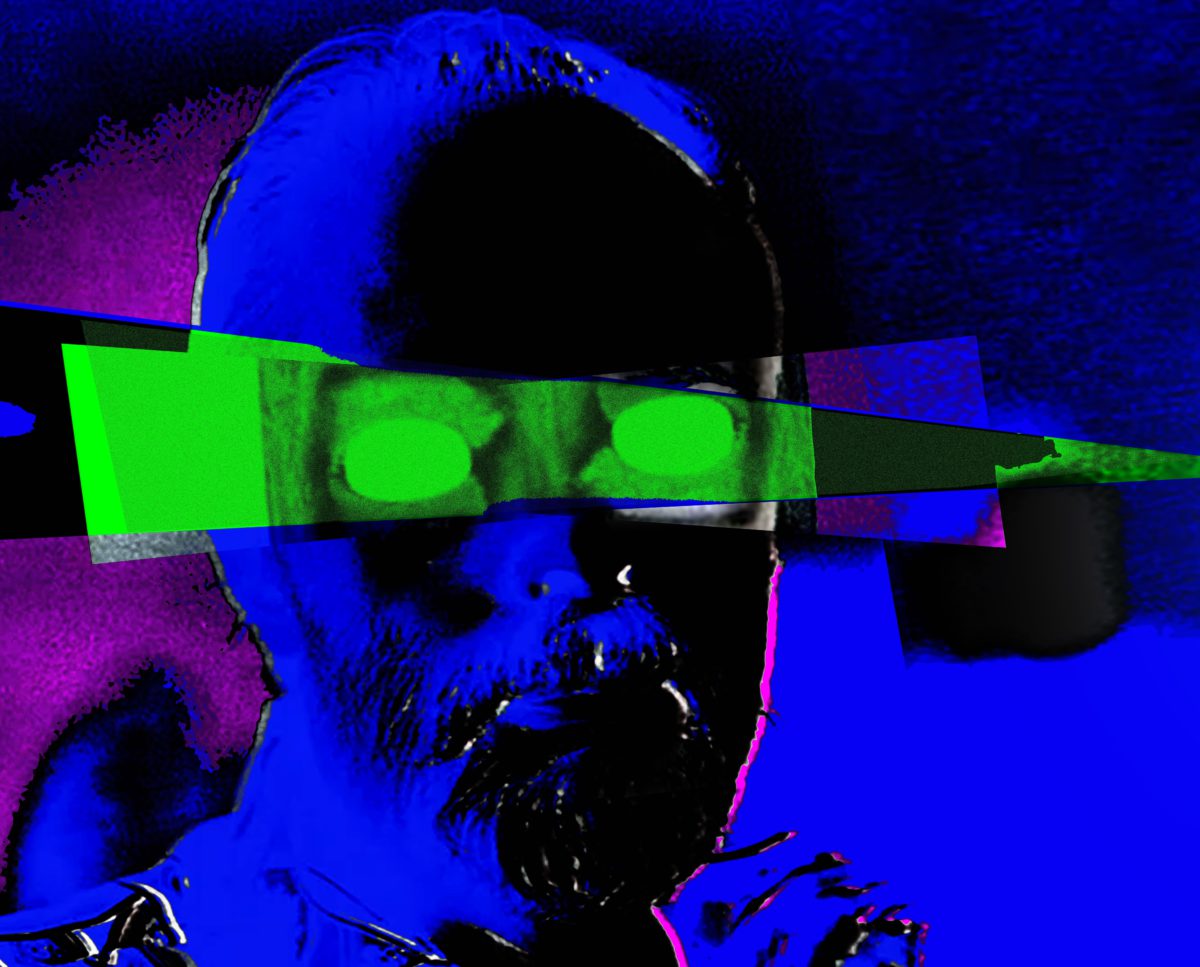Campaigning for the Mesoamerican Culture Hero Quetzalcóatl

IN 1928-1930 THE MEXICAN WRITER and political activist José Vasconcelos campaigned for the presidency of Mexico, drawing on support from the Californian and Southwestern regions. During the early twentieth century, Vasconcelos played an enormous role in the culture and politics of Mexico. Indeed, during the 1920s, as member of General Alvaro Obregón’s administration, Vasconcelos served as rector of the National University of Mexico and the first head of a new department of public education where he acted as patron to the giants of the Mexican muralista movement: Diego Rivera, José Clemente Orozco, and David Alfaro Siqueiros. Although he lost in what was clearly a rigged election, Vasconcelos’ campaign did yield one important benign feature worth recording: For it was precisely at that juncture in his political and philosophical career that he spoke most receptively of the Mesoamerican deity and culture hero Quetzalcóatl.
Championing Quetzalcóatl as “the first educator of this zone of the world” (“el primer educador de esta zona del mundo”), Vasconcelos held that his hero Francisco Madero, the man who had helped initiate the Mexican Revolution of 1910 and paid for it with his life, had proclaimed “the new incarnation of Quetzalcóatl” with Vasconcelos himself emerging as a kind of Quetzalcóatl prophet: “un Quetzalcóatl moderno.” Contrasting the two critical Mesoamerican culture heroes Quetzalcóatl and Huitzilopochtli, the former representing “civilization” while the latter stood for the “barbarism” of the Aztec past, Vasconcelos championed Quetzalcóatl, lamenting that the 1929 proponents of Huitzilpochtli—Vasconcelos’ opponents—had overcome Quetzalcóatl, “the god of pre-Aztec civilization” (“el dios de la civilización preazteca”).
If the Vasconcelos of the 1920s had ascended to becoming Publicist, indeed Prophet, of Quetzalcóatl, it was not a fascination confined to Mexican or Mesoamerican thinkers. In the 1880s Friedrich Nietzsche had even fantasized about moving to Oaxaca in search of a landscape appropriate for thinking “beyond good and evil” than the Tyrol. Even D.H. Lawrence, searching desperately for cultic religious encouragements in Mexico in 1923-1925, succumbed to similar adulation after encountering the great temple of Quetzalcóatl in Teotihuacán. Once settled in the village of Chapala, Jalisco in 1923, Lawrence launched a novel he called Quetzalcoatl and then rewrote it in Oaxaca with the new publisher-approved title The Plumed Serpent, published in 1926. That novel revealed Lawrence at his most prophetic, as he envisaged the coming of a Mexican redeemer Don Ramón to reinstitute the cult and worship of Quetzalcóatl. Although critics were not generally drawn to Lawrentian poetics of a “dark” god arising from the mestizos of Mexico, he himself averred that “my Quetzalcoatl novel lies nearer my heart than any other work of mine.” Interestingly, Lawrence almost had lunch with José Vasconcelos on 26 April 1923, an occasion that Vasconcelos had to delay by one day due to other state matters but which sufficiently irked Lawrence to drop the idea. Nonetheless, according to Lawrence’s biographer Harry Moore, for his fictional character Don Ramón Lawrence “apparently had to borrow aspects of the career and personality of José Vasconcelos, whom he disliked.” This Vasconcelos, Moore adds, should be pictured at the time as the “Secretary on Horseback” for busily transporting the pedagogical tools of “culture”—including copies of The Iliad—deep into the indigenous hinterland.
More recently, such lingering affection for Quetzalcóatl has popped up within the ranks of the California New Age. Under the guidance of author José Argüelles, attempts to revive Mayan religiosity through a modernist vocabulary have led to Argüelles’ own schematically designed tributes to Quetzalcóatl as, in effect, the key to all History. Originally inspired by W. B. Yeats’ A Vision (the vision itself originating apparently as Yeats traveled from San Bernardino to Los Angeles in 1919), Argüelles subsequently associated with Terence McKenna’s attachment to the importance of the I Ching to promote the event of the Harmonic Convergence of August 16-17, 1987, confirming, according to Argüelles’ biographer Stephanie South, “the prophecy of Quetzalcóatl” that Argüelles had presumably received in 1964 under the influence of D. H. Lawrence’s The Plumed Serpent. This eventually produced the prediction of a Cosmic turning point based on the Mayan Calendar dated December 21, 2012, and, in time, Argüelles followed Lawrence’s Don Ramón by reinventing himself as the Mayanist prophet Valum Votan.

The Temple of Quetzalcóatl, Teotihuacán, Mexico.
Thankfully Mesoamerican scholarship has worked patiently toward more balanced, if still debated, approaches to the pivotal god and culture hero of Mesoamerica. Despite Lawrence’s “dark” Aztec candidate prone to violence and human sacrifice, the influence of Quetzalcóatl (“plumed” or “feathered serpent”) over the larger physical range and temporality of Mesoamerican urban and city-state history easily precedes Lawrence’s Aztec version. For anthropologist Davíd Carrasco, Quetzalcóatl is the overarching symbol of Mesoamerican culture creation, the ultimate patron of the urban city-state as “a cosmo-magical construct.” Legend, tradition, and written sources collectively celebrate Quetzalcóatl as the bringer of human life, fertility (corn, pulque), wind god, culture hero, divine patron of priesthood, votary of peace and opponent of human sacrifice in his manifestation as Venus, both the morning and evening star. Indeed, Quetzalcóatl “establishes the fifth age” that the Aztecs later sponsored; he even “knows” when this “new age will dawn in the east.”
In the larger history of Mesoamerica, Teotihuacán served as the expansive center of the Quetzalcóatl cult and religion during its major period of prosperity c. 200-700 CE. The magnificent Quetzalcóatl pyramid at the very heart of Teotihuacán even “marked the center of the city.” Celebrating its Quetzalcóatl cult, Teotihuacán went on to influence and shape other such major urban centers as Xochicalco, the lowland Mayan cities, and especially Tula/Tollan. The latter’s celebration in particular of “the patronage of the great divine being, Quetzalcoatl” set the future standard for schools of Aztec culture chorusing: “Truly with him it began, truly from him it flowed out, from Quetzalcoatl—all art and knowledge,” as cited by Carrasco. In turn Aztec culture has become a central symbol for Chicano sensibility through the latter’s exploitation of the theme of “Aztlán”—the presumed southwest source of the Aztec peoples—as the Aztec and Chicano place of origin: “many Mexican-Americans … have embraced the symbol of Aztlan to express something integral to being Chicano.”
Most important for Californian self-identity is the Teotihuacán influence on the city-state of Monte Albán towering over the Oaxacan valley. The “immense, theatrical concept of religious space and action” characterizing Teotihuacán’s overall design is traceable in the urban plans forming the Monte Albán complex proper, thus importing the Quetzalcóatl cult with its close association to Cocijo—the Zapotec deity of wind, water and clouds—into functioning as “a universalizing ideology.” Indeed, given Monte Albán’s general founding date of 500 BCE, it turns out that a respectable number of Mesoamerican experts, including Richard Blanton, would “award Monte Albán the distinction of being, arguably, both the first and fastest growing urban development in Mesoamerican history,” “Mesoamerica’s first city-state.” In fact these two centers differed in substantial ways, since Monte Albán, unlike Teotihuacán, made up an isolated site that did not work well for farming or regional markets. From this difference Blanton has inferred that Monte Albán must have been therefore deliberately conceived as a center of “very self-conscious and highly disciplined neutrality”—in effect a “disembedded capital.” Ultimately Blanton finds Monte Albán as “a site of religious neutrality and multi-ethnic tolerance,” his account intentionally underplaying or ignoring the usual focus on unificatory religiosity or a “sacred mountain.”

Monte Albán, Oaxaca, Mexico.
Whatever the final success to Blanton’s particular reading of the origins and purposes behind Monte Albán, at no point does it lapse its claims on behalf of the foundational role of Oaxaca for Mesoamerican culture and politics. This perspective corresponds to Miguel Covarrubias’s conjecture that Oaxaca’s Isthmus of Tehuantepec might well have been “the strategic center … where man first evolved on the American continent from a nomadic barbarian into a highly civilized sedentary agriculturist.” Indeed, unlike the Central Mexican plateau on which Teotihuacán and its imitators are located, Oaxaca belongs climatically to the montane cloud forest stretching to western Panama where the fabled “resplendent” quetzal bird is to be found.
As a plausible foundation for Mesoamerican civilization in general, the Oaxacan city-state of Monte Albán—possibly the first in Mesoamerica, together with its multifaceted “visions” for Quetzal–cóatl—might serve as inspiration for a California (las Californias) committed to founding José Vasconcelos’ ideal of a Cosmic Race. Any celebration of California should begin with acknowledgment of its legendary origins out of Oaxaca. In 1535 the conquistador Hernán Cortés, then Marqués del Valle de Oaxaca, sent out squadrons from the Oaxacan sea site Playa la Ventosa in his search for direct access to the ocean and the teeming Orient. On May 3 his crew landed on the peninsula of Baja California and baptized it “California”—probably drawing on the fifth book Sergas de Esplandián of the series Amadís de Gaula composed by the Casitilian regidor Garcí Rodríquez de Montalvo in 1510. It was that book which first publicized the tale of an Isle of California ruled by the beautiful Black Amazon queen Calafía along with her warrior maidens, located—appropriately—“at the very side of the terrestrial paradise.”
It is a vision that might well encourage Californians to carry forth in their lives and culture this original Oaxacan legacy of housing the first true Mesoamerican city-state conjoined to the ecumenical standard of the Mesoamerican culture hero Quetzalcóatl.




